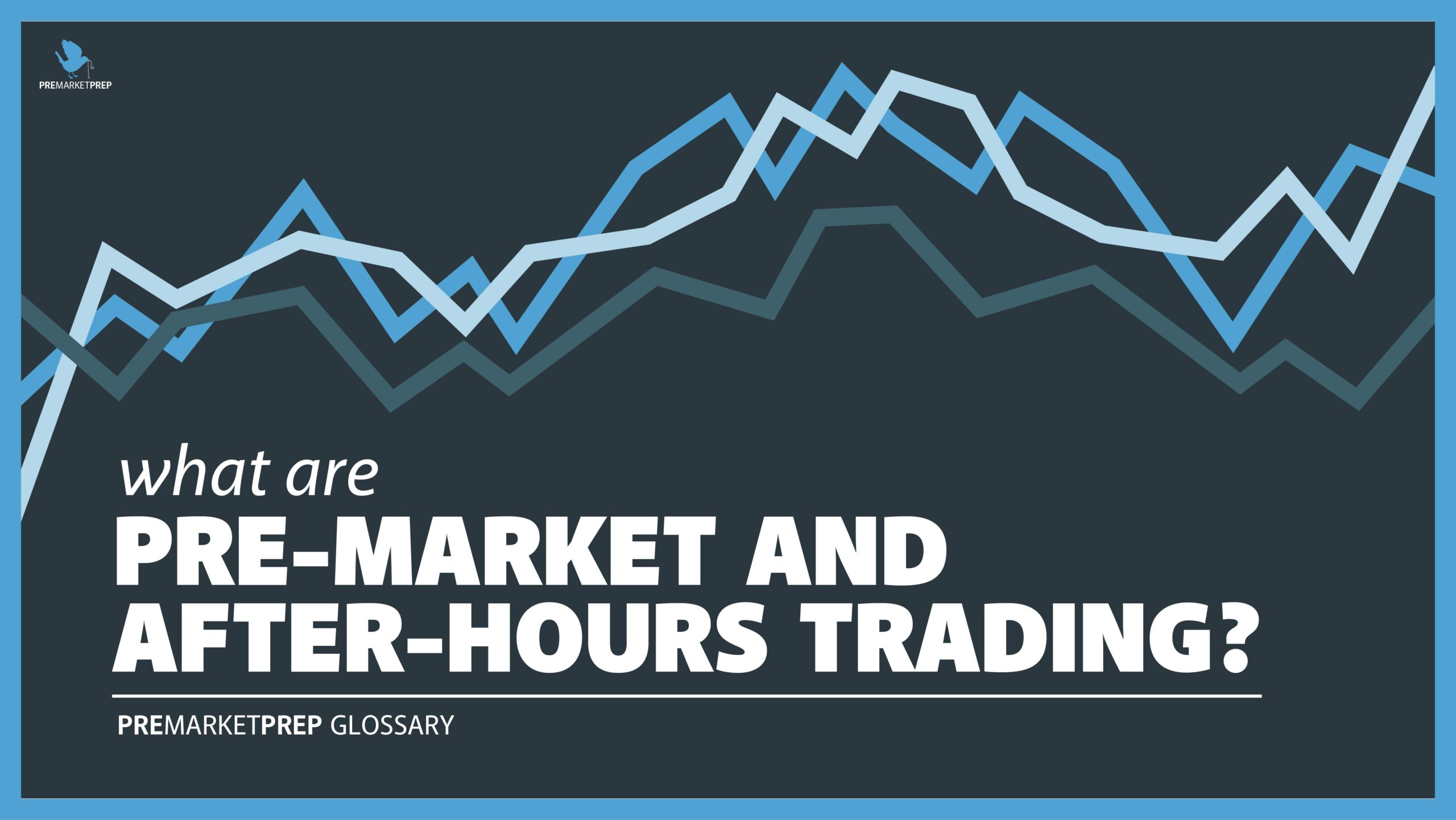What are pre-market and after-hours trading and why are they essential in understanding the markets? The New York Stock Exchange (NYSE) and NASDAQ’s weekday trading window is from 9:30 a.m. to 4:00 p.m. Eastern Time (ET). However, there is much market activity that takes place outside of this window. Pre-market trading, which lends its name to PreMarket Prep, occurs before the market opens, while after-hours trading occurs after the market closes.
The Market Open and Close
Pre-market trading occurs daily from 4:00 a.m. to 9:30 a.m. when the regular session starts. Movement in the pre-market provides a very useful way to gauge the flow and direction of the market once it opens. On PreMarket Prep (and elsewhere), particular attention is paid to the S&P 500 index to track the sentiments of the markets. After-hours trading is another popular option for investors to capitalize on the trading hours outside of when the NYSE & NASDAQ trading sessions close at 4:00 p.m.
Factors Impacting the Markets
Although important events and developments affecting the market often take place within the NYSE trading session, many may occur earlier in the morning or later at night. For example, when companies post earnings quarterly or annually, they are often released outside of market hours. Earnings reports greatly impact share price, as they are critical to understanding the success of business operations; how companies perform compared to expectations is reflected in pre-market and after-hours trading activity directly after they are released.
Often, major news developments have the capacity to move the markets outside of market hours. Geopolitical events, mergers and acquisitions, and international news will often be reflected in trading outside market hours. On the first Friday of every month at 8:30 a.m., the United States Bureau of Labor Statistics releases key economic indicators such as GDP and unemployment. Given that these indicators show the overall state of the markets and the U.S. economy, pre-market activity offers a way to see how traders are reacting to the information.
Disadvantages of Pre-Market and After-Hours Trading
Although there are many advantages of pre-market and after-hours trading, it is also important to understand the risks of such trading. Given that there is less liquidity in pre-market and after-hours transactions, there is greater volatility and fluctuation in the price of shares. However, pre-market and after-hours still attract many investors and significant activity. Although there is increased volatility, there are many risk-management considerations investors can utilize to reduce over-exposure.
The Bottom Line
Even as the opening and closing bells signal the bookends of the trading day, pre-market and after-hours trading are also important tools for investors as they track and trade the market each day. These extended trading hours provide valuable insights into market sentiment, allow investors to react to news and earnings releases, and offer additional opportunities to manage their investment strategies effectively.


